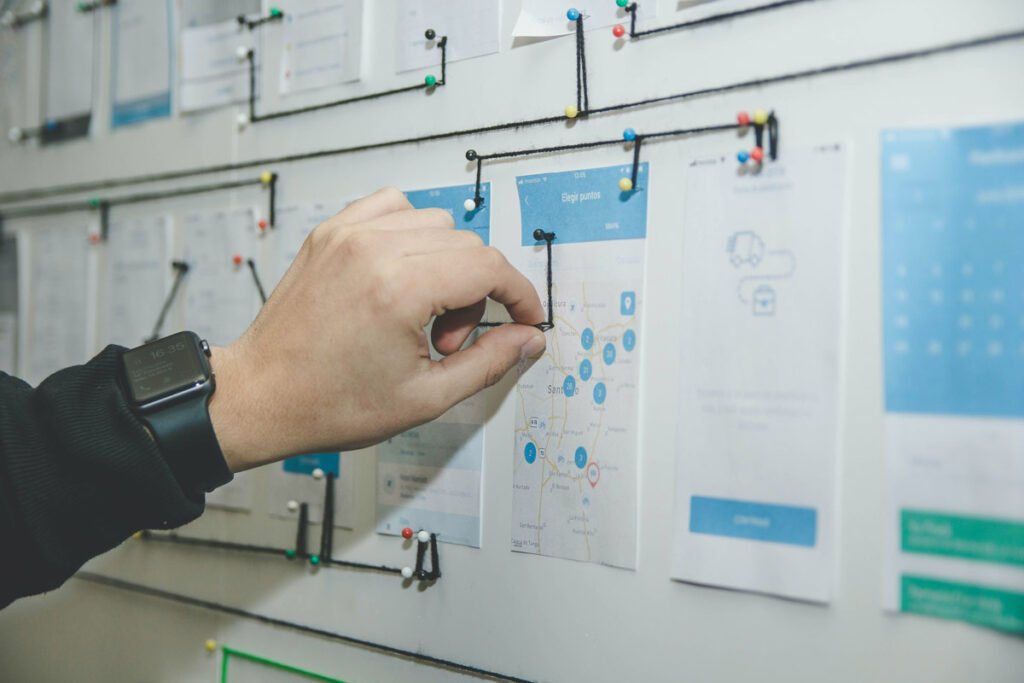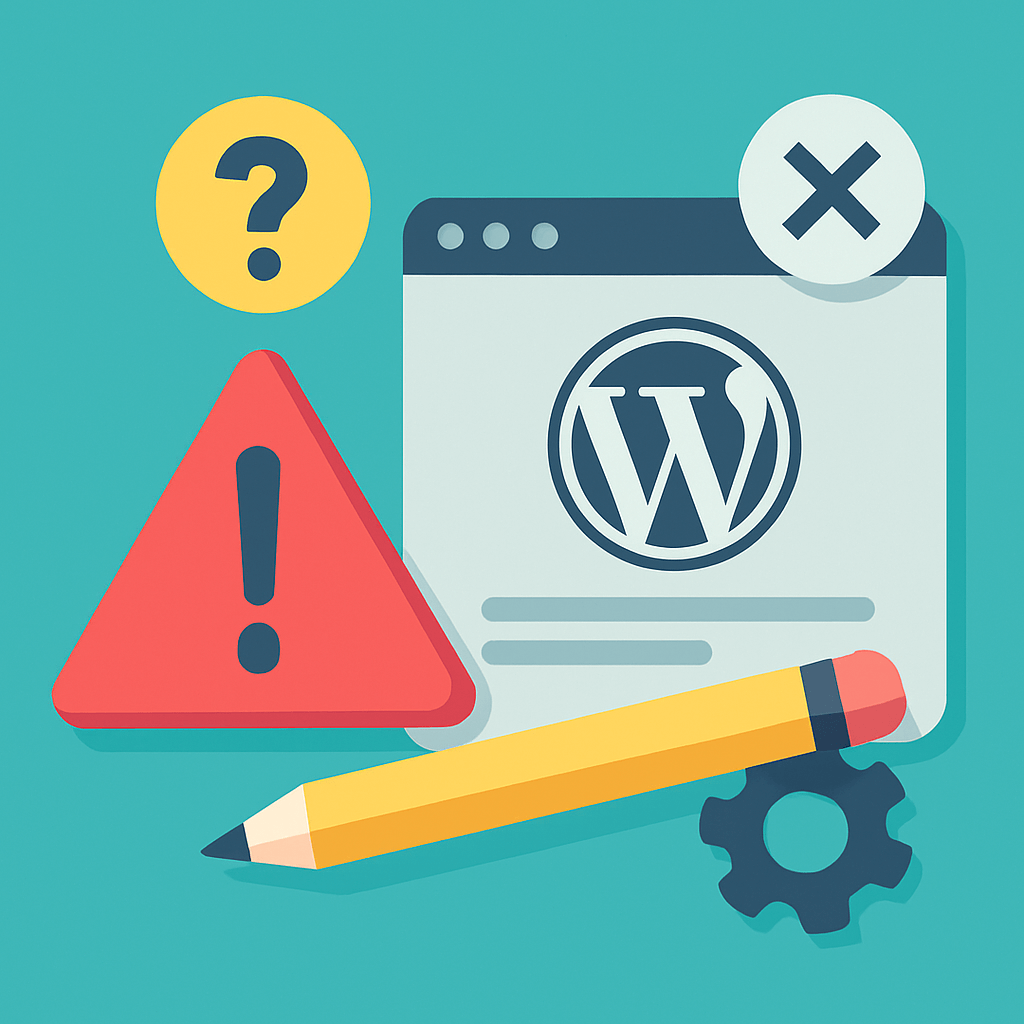Ecommerce customer journey mapping helps understand the different stages a customer goes through when making a purchase. This helps streamline journeys across channels and touchpoints. Read on and find out how this can significantly increase your conversation rates.
The shopping experience has taken on a very special role in this digital age. Knowing your customer’s Customer Journey can make a difference.
First of all, what is the Customer Journey?
It is the “consumer/customer journey” or buying process. It is the experience that the customer has from the moment before the purchase to the moment after it.

All sorts of factors come into play here:
- Motivations for which it seeks to satisfy a need, investigating and considering the alternatives that are halfway there, etc.
But it is the part prior to the purchase, in which you have to pay more attention because it will give you the keys to where your customers enter.
Keep your customers’ Customer Journey clear for these reasons…
• It allows understanding what the shopping experience is like.
• Show how your client evaluates touch points.
• You generate empathy with your client.
• Allows you to prioritize tasks.
Now, how to create the customer journey map for the ideal customer of your online store?
Having all the information in the palm of your hand, researching and learning has become a ritual of the average customer before buying.
These are the factors that will help you create a functional and optimal customer journey:
• Scope or Scope: What is the objective of this journey map? We define the product or service that we want to analyze.
• Person: Specify who this journey map is aimed at (in this case, the client) and we collect all possible information to understand motivations and causes.
• Stages: What are the main stages of the experience
• Steps or activities: What does the person do during each stage?
• Lane of emotions: How does the client feel at each stage? Here we see their level of satisfaction and how they react to touch points. (contact points / channels)
• Channels: Through which channel was the contact made? What are the touch points?
Keep this in mind as well. What mistakes should we avoid?
- Too much imagination: we must make sure to put aside our imagination and effectively listen to the client and how they really are, with objective data and analytical techniques.
- Get out of the way: The Customer Journey portrays an ordered sequence of events, understanding causality and consequences in the experience depends on respecting the order of customer-brand interactions.
- Ignore the details: exhaustiveness is fundamental, each step, interaction, point of contact, what happens in it, what emotions are involved and what teams of the organization take part have to be perfectly described. The lack of exhaustiveness leads to ignorance and wrong decision-making by the company, so be careful with this.
Now that you know more about the subject, spend time on this exercise and start working on your ideal Customer Journey for your client. This way you will be on the way to a valuable, differentiating and memorable customer experience with very good results.




